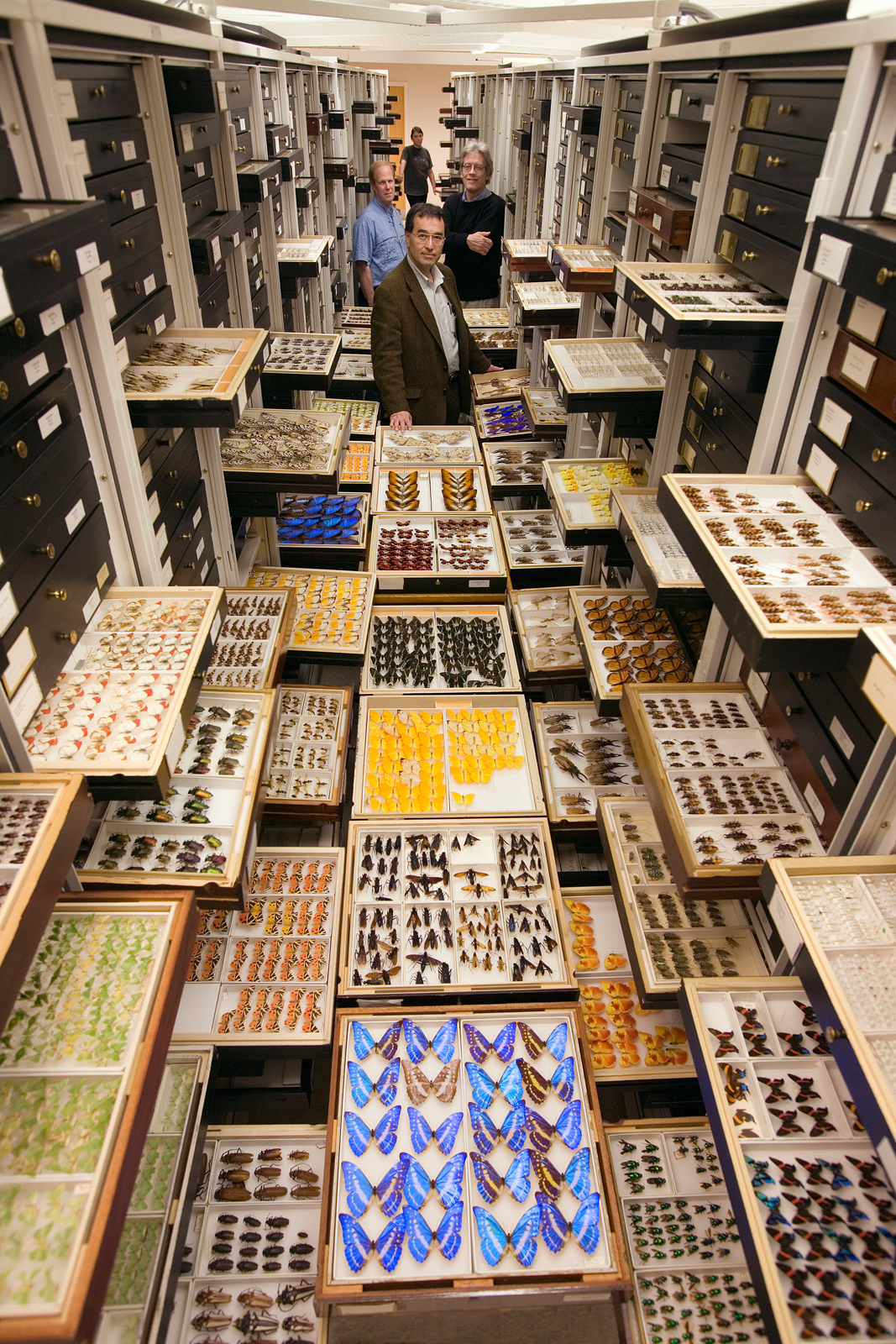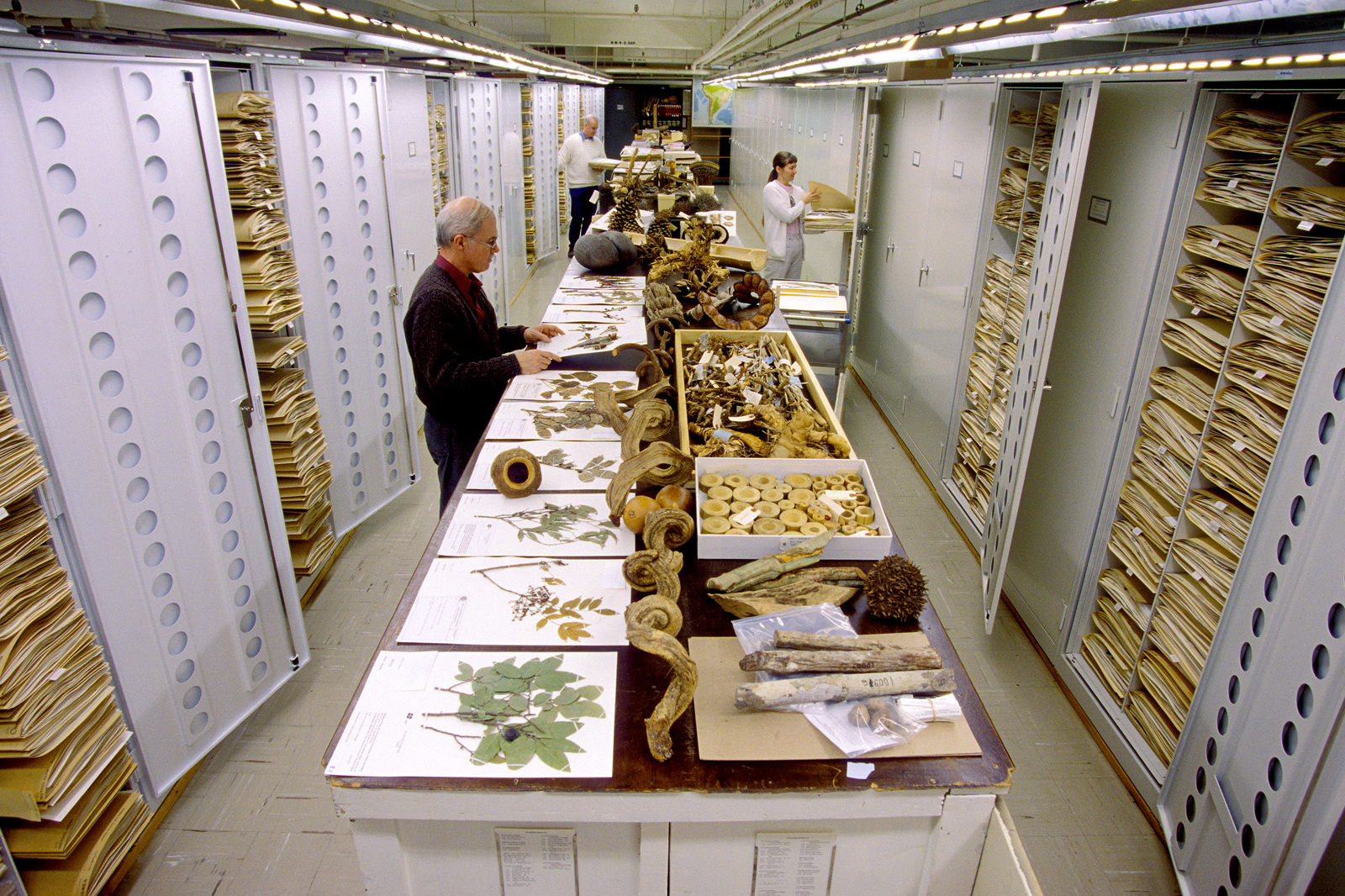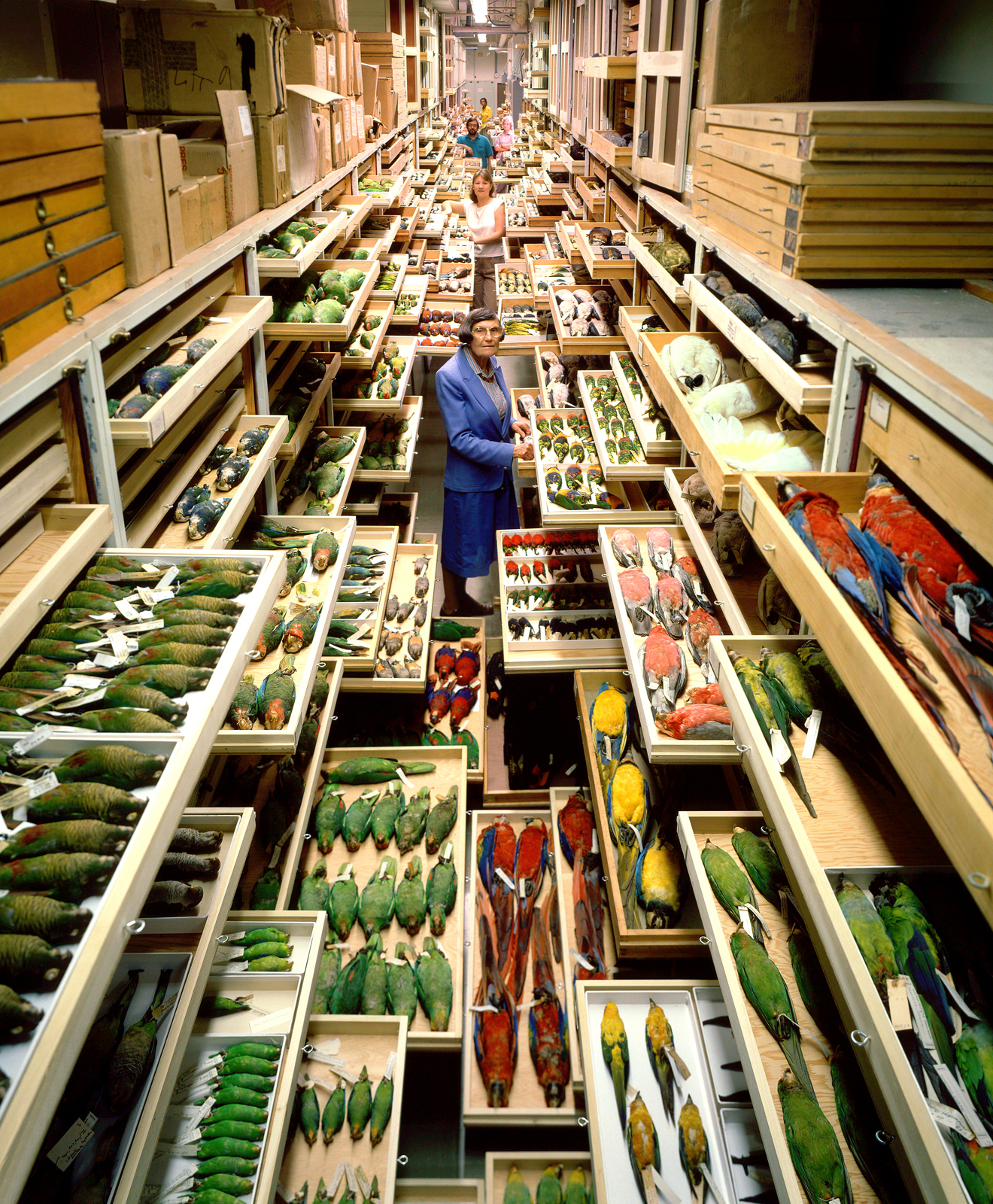Pollinator Story: Smithsonian's National Museum Of Natural History
The Smithsonian has been a proud partner of NAPPC since its inception. Smithsonian staff work hard to both advance science and public understanding around pollinator conservation. The scientific collections at the National Museum of Natural History (NMNH) form the largest, most comprehensive natural history collection in the world. By examining botanical and zoological specimens gathered in different eras and regions, scientists learn how our world has varied across time and space. Specimen label data can be used by researchers worldwide to examine population trends over time and document potential declines in populations and species of flowering plants and pollinating birds, bats, and insects. To make these specimens more accessible to researchers, NMNH staff have recently been photographing specimens and making the data available online. Of the museum’s 5 million botanical specimens, 4 million have been digitized. Among the vertebrate collections, 90 percent of the SI bird collection (~620,000 specimens) is digitized, while the mammal collection (~590,000 specimens) is entirely digitized and available online. The insect collection, which is jointly curated with WRBU and USDA, is the largest in the world with 35 million specimens. Out of the 500,000 digital records available online, there are over 82,000 complete catalog records for pollinators, which include bees, beetles, butterflies, moths, and flies.
Search museum collection records at https://collections.nmnh.si.edu/search/
Social media handles: Facebook @SmithsonianNMNH; Twitter @NMNH; IG @smithsoniannmnh
Entomology Staff, Photo by Gary Krupnick

Botany Staff, Photo by Gary Krupnick

Birds Staff, Photo by Gary Krupnick

